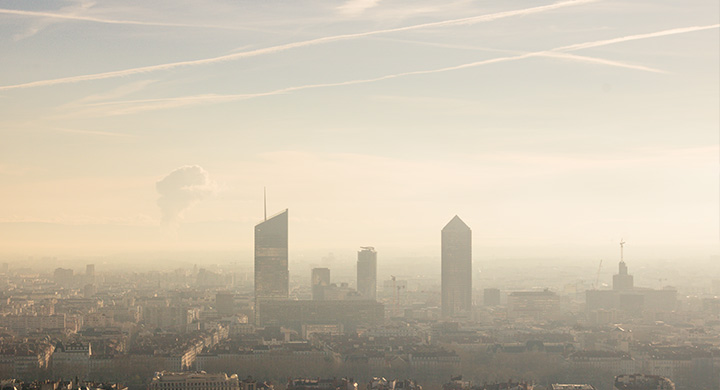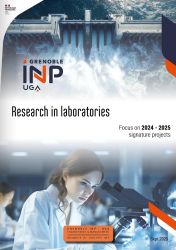In light of the observation that some regions showed a higher-than-average infection rate, scientists in a team led by Roberto Dragone, a researcher at the CNR-ISMN (Istituto per lo Studio dei Materiali Nanostrutturati - Institute for the Study of Nanostructured Materials) wanted to know what the cause of such inequalities might be. The hypothesis put forward by various experts is that the presence of air pollutants and weather conditions such as temperature, humidity and wind speed, may affect the stability of the virus.
During the study, the researchers examined the case of Lombardy, which concentrated 40% of the country’s infections during the first wave of the epidemic and had a higher rate of infection increase than the rest of the country**. They analysed epidemiological data from the 12 provinces of Lombardy, provided by the Superior Institute for Health and Civil Protection. For the period analysed, it was shown that over 63% of the infected people recorded across the region were concentrated in the provinces of Milan, Bergamo and Brescia. More generally, the average infection rate in Lombardy was twice as high as the national rate, which was at 0.21%.
The researchers then compared these observations with meteorological data on temperature, humidity and wind speed recorded daily by weather stations throughout Lombardy, as well as satellite data on daily concentrations of air pollutants (nitrogen oxides, carbon and sulphur monoxide, ozone and ammonia). “It seems clear that high pollution levels favour the spread of the virus,” says Jocelyn Chanussot. “This can probably be explained by the fact that the virus spreads by attaching itself to airborne pollutant particles”. In any case, this confirms that the virus is indeed transmitted by air and not only by contact, as was thought at the beginning of the epidemic. Other studies have since confirmed this hypothesis.
*CNRS, Grenoble INP – UGA, UGA
** It is important to note that, during the period studied, it was not compulsory to wear personal protection outside in Italy.
Ref: Dragone, R.; Licciardi, G.; Grasso, G.; Del Gaudio, C.; Chanussot, J. Analysis of the Chemical and Physical Environmental Aspects that Promoted the Spread of SARS-CoV-2 in the Lombard Area.
Int. J. Environ. Res. Public Health 2021, 18, 1226.




